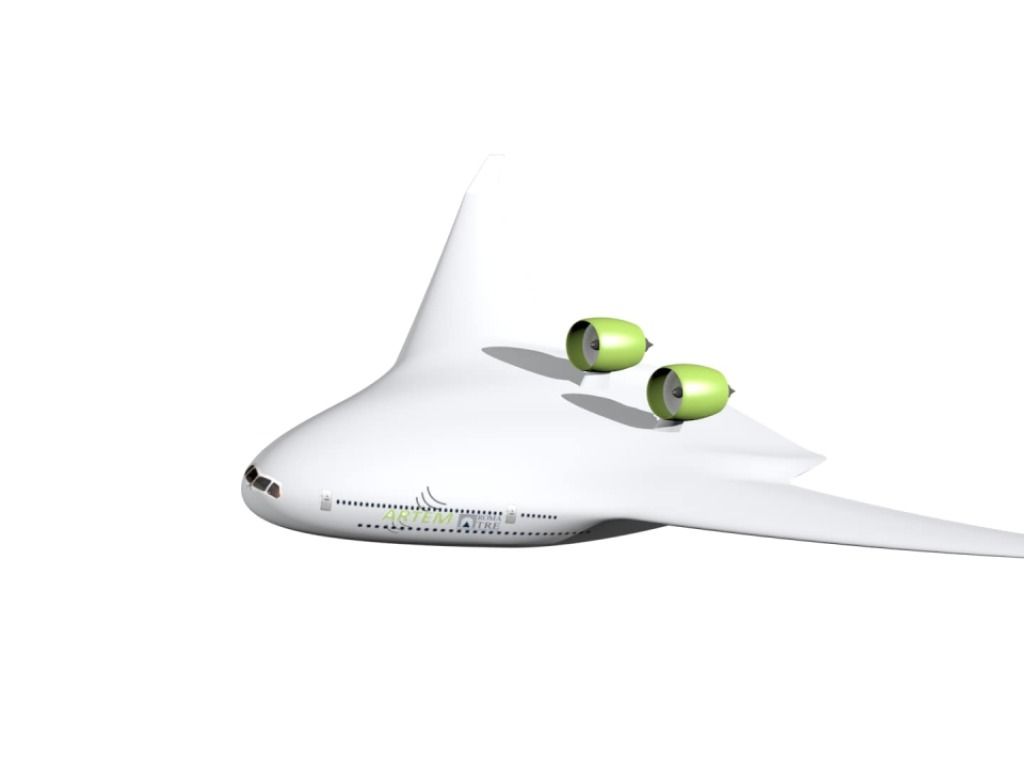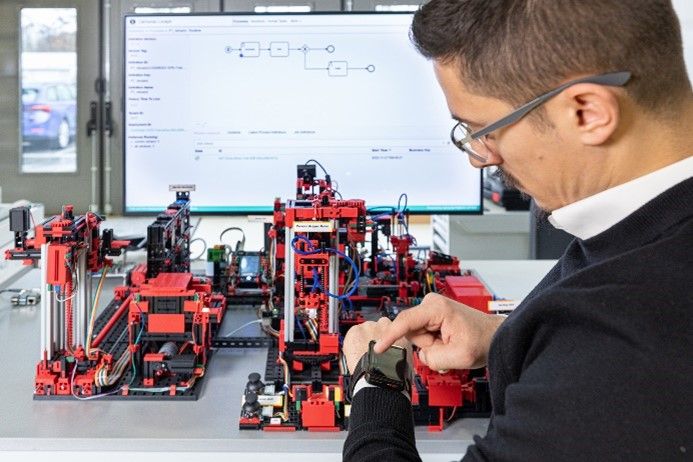Aircraft of the future make less noise
New concept reduces drag
In an Empa research project, study participants rated the noise of new types of aircraft as less annoying than the noise of today's aircraft.
Aircraft with a “blended wing body” (BWB) are seen as a beacon of hope for reducing the environmental and noise impact of air traffic. This was announced by the Swiss Federal Laboratories for Materials Science and Technology (Empa).
In contrast to today's aircraft, which consist of a tube with wings, the fuselage of aircraft with a so-called blended wing-body concept is not a tube, but merges seamlessly into the wings. This reduces drag and therefore fuel consumption and noise.
Fewer decibels
The Empa researchers simulated noise from overflights of a BWB aircraft for 400 passengers. They based this on a BWB aircraft designed as part of the European research project “Artem” (Aircraft Noise Reduction Technologies and related Environmental Impact).
Today's aircraft - measured at a distance of nine kilometers - reach a noise level of 90 decibels (dB) on take-off. BWB jets reach just under 70 dB.
In order to realistically record how disturbing and stressful noise emissions are for people, the subjective perception of those affected must also be taken into account, Empa said. To this end, the researchers played simulations of overflights to 31 people in the acoustics laboratory.
After the experiment, the test subjects rated their subjective impressions on a scale from 0 to 10. The BWB aircraft were rated 3.5 to 4.3 points less annoying than conventional aircraft.









